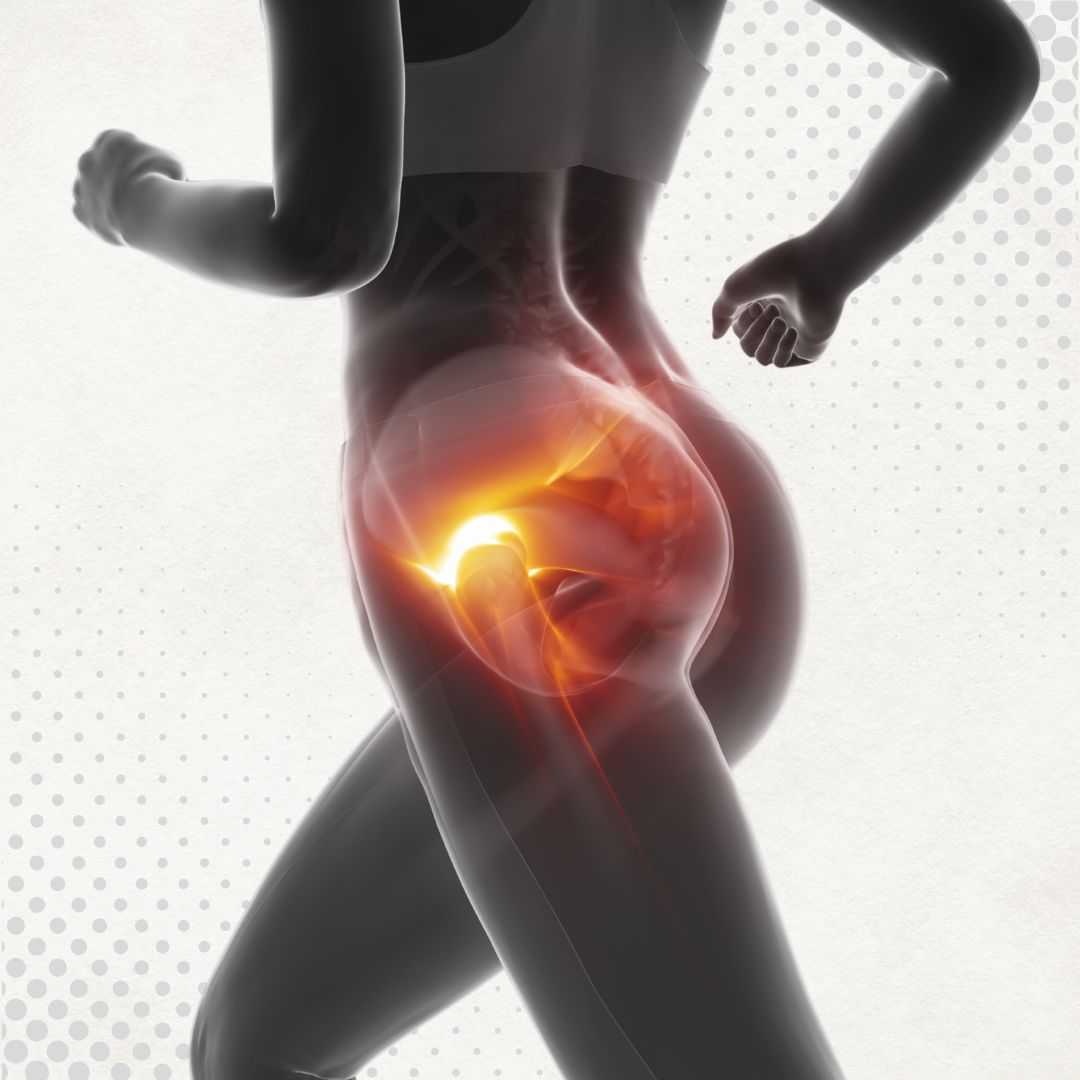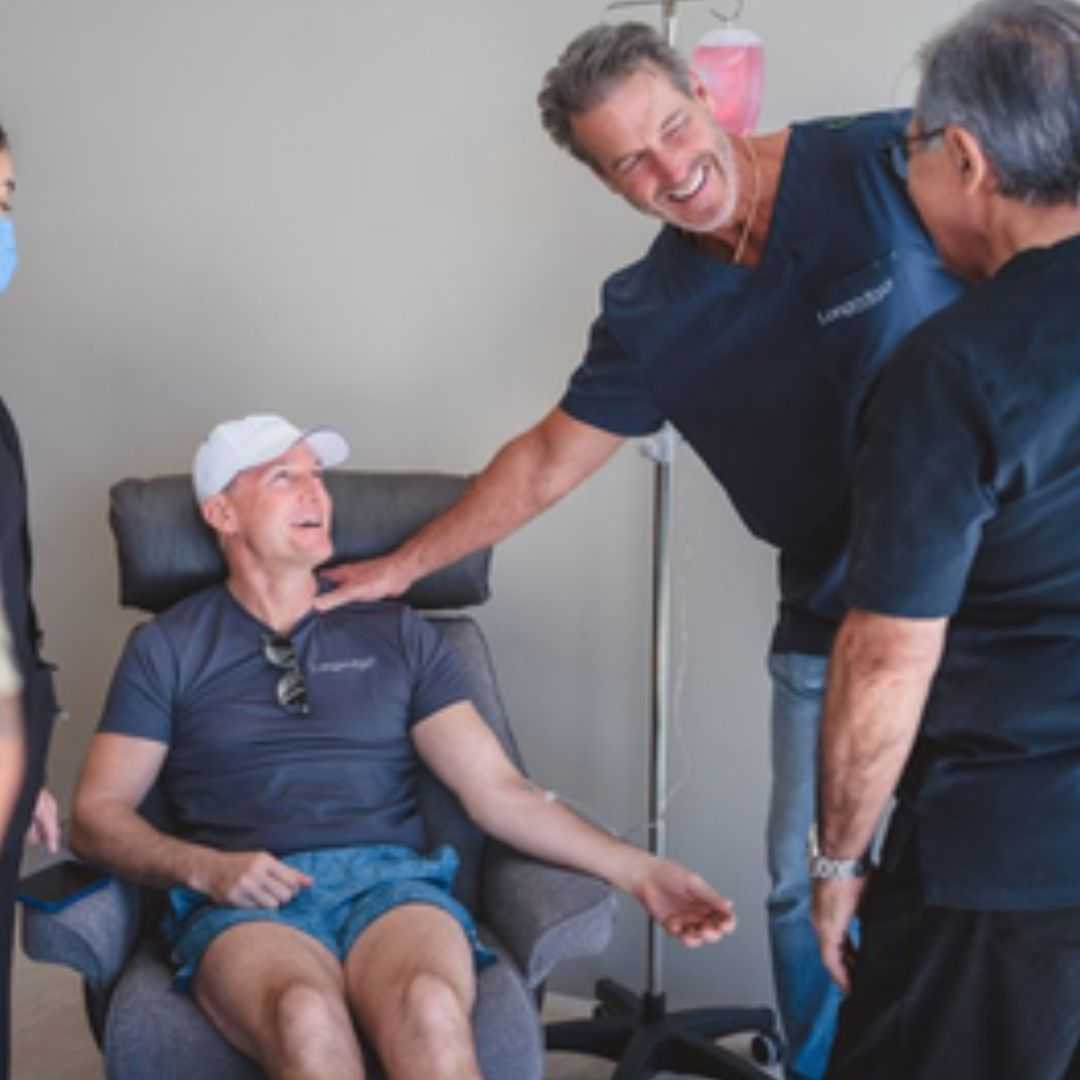Why Choose Stem Cell Therapy for Knees in Mexico
.jpg)
Are you experiencing persistent knee pain, limited mobility, or dreading the thought of a major surgery like a knee replacement? You're not alone. Many individuals are searching for effective, less invasive options to address their knee issues. One such alternative gaining significant attention is stem cell therapy for knees, particularly in destinations like Mexico. The question often arises: is stem cell therapy for knees in Mexico truly a better option than undergoing a full knee replacement?
This is a complex question with no single "one-size-fits-all" answer, as both treatments have their distinct advantages, disadvantages, and ideal candidates. This blog post aims to thoroughly explore this comparison, delving into what each procedure entails, their respective benefits, risks, costs, and recovery processes. We’ll also examine why Mexico has become a popular destination for regenerative treatments and what you should consider if you're weighing these significant healthcare decisions for your knee pain relief.
Is Stem Cell Therapy for Knees in Mexico a Superior Choice to Knee Replacement?
The decision between stem cell therapy for knees in Mexico and a total knee replacement is highly personal and depends on several factors, including the severity of your knee condition, your overall health, lifestyle, and treatment goals. Stem cell therapy aims to leverage the body's natural healing processes to repair damaged cartilage, reduce inflammation, and alleviate pain, offering a chance to preserve your natural joint.
On the other hand, knee replacement surgery is a definitive solution for severe knee degeneration where the cartilage is largely destroyed, and conservative treatments have failed. It involves removing the damaged bone and cartilage and replacing them with metal and plastic implants. While highly effective for severe cases, it comes with a longer, more arduous recovery and potential surgical risks.
What Exactly is Stem Cell Therapy for Knees?
At its core, stem cell therapy for knees is a cutting-edge treatment that harnesses the unique ability of stem cells to differentiate into various cell types and to promote tissue repair. These potent cells can be sourced from a patient's own bone marrow (bone marrow aspirate concentrate, or BMAC), adipose tissue (fat), or from ethically sourced umbilical cord blood or amniotic fluid. Once processed, these concentrated cells are precisely injected into the damaged knee joint.
The injected stem cells then get to work by:
- Reducing inflammation within the joint.
- Modulating the immune system response.
- Secreting growth factors and cytokines that stimulate tissue regeneration.
- Potentially repairing damaged cartilage and other structures.
This non-surgical approach aims to address the root cause of knee pain, often associated with conditions like osteoarthritis, meniscus tears, or ligament injuries, rather than just masking the symptoms. It’s an outpatient procedure, meaning you typically go home the same day.
How Does Traditional Knee Replacement Surgery Compare?
Knee replacement, also known as total knee arthroplasty, is a well-established surgical procedure typically reserved for individuals with severe knee osteoarthritis or other debilitating knee conditions that have not responded to conservative treatments.
The procedure involves making an incision over the knee, removing the damaged ends of the thigh bone (femur) and shin bone (tibia), and sometimes the kneecap (patella). These are then resurfaced and fitted with prosthetic implants designed to mimic the natural movement of a healthy knee joint.
The primary goals of a knee replacement are to alleviate chronic pain, improve mobility, and enhance the patient's quality of life. While highly successful for many, it is a major surgery requiring hospitalization, extensive rehabilitation, and carries risks such as infection, blood clots, nerve damage, and prosthesis loosening over time.
Despite the rigorous recovery, it offers a durable solution for those with end-stage knee damage, often lasting 15-20 years or more.
What are the Cost Differences Between Stem Cell Therapy in Mexico and Knee Replacement?
Cost is a major factor for many individuals considering treatment options. When comparing the financial aspect of stem cell therapy for knees in Mexico versus a knee replacement, there's a notable difference. In the United States, a total knee replacement can be very expensive. While insurance often covers a significant portion, patients are still left with substantial out-of-pocket expenses including deductibles, co-pays, and rehabilitation costs, often totaling tens of thousands of dollars. Without insurance, the cost can easily exceed $50,000.
Conversely, stem cell therapy for knees in Mexico is often considerably more affordable. The lower operating costs in Mexico's medical facilities, combined with competitive pricing, make it an attractive option for medical tourists. The prices can vary depending on the type of stem cells used (autologous vs. allogeneic), the number of injections, and the specific clinic. However, even with travel expenses, the overall cost can be a fraction of what a similar procedure or knee replacement would cost in many Western countries, making it an accessible option for those without robust insurance coverage for regenerative treatments.
What are the Potential Benefits of Stem Cell Therapy for Knee Pain?
Choosing stem cell therapy for knees comes with several compelling potential benefits, especially for those seeking a less invasive approach to managing knee pain and promoting healing. One of the primary advantages is its regenerative nature; instead of masking pain or replacing the joint, stem cells aim to facilitate the body's natural healing mechanisms. This can lead to genuine tissue repair and regeneration, particularly of damaged cartilage.
Key benefits often reported by patients include:
- Reduced Pain: Many experience a significant decrease in chronic knee pain, leading to improved quality of life.
- Improved Function and Mobility: Enhanced range of motion and overall knee function, allowing for greater participation in daily activities.
- Minimally Invasive: The procedure involves injections rather than major surgery, reducing surgical risks and recovery time.
- Natural Healing: Utilizes the body's own healing capabilities or highly potent donor cells to repair tissue.
- Delayed or Avoided Surgery: For suitable candidates, it can postpone or entirely eliminate the need for a knee replacement.
What are the Risks and Limitations of Stem Cell Therapy for Knees?
While stem cell therapy for knees offers promising benefits, it's essential to be aware of its potential risks and limitations. As with any medical procedure involving injections, there is a small risk of infection, bleeding, or nerve damage at the injection site. Patients might experience temporary discomfort, swelling, or bruising in the treated knee or at the donor site if autologous cells are harvested. However, serious adverse events are rare when performed by experienced practitioners.
The main limitations of stem cell therapy often revolve around its efficacy and regulatory status. Its effectiveness can vary depending on the individual's condition, the severity of damage, and the type and quality of stem cells used. For patients with end-stage osteoarthritis or extensive structural damage, stem cell therapy may not provide sufficient repair and a knee replacement might still be the more appropriate long-term solution. Furthermore, the field of regenerative medicine is still evolving, and while promising, long-term data for certain applications are still being gathered.
How Do Recovery Times Differ for Stem Cell Therapy Versus Knee Replacement?
The difference in recovery times between these two treatments is one of the most significant distinguishing factors. For stem cell therapy for knees, because it's a minimally invasive procedure involving injections, the recovery is considerably shorter and less demanding. Most patients can typically resume light activities within a few days to a week, with full benefits and continued improvement often seen over several months as the cells work to repair tissues. There's no lengthy hospitalization or arduous physical therapy regimen immediately following the procedure, though some follow-up exercises might be recommended.
Conversely, the recovery from a knee replacement is a much more intensive and prolonged process. Patients typically spend several days in the hospital, followed by weeks or months of rigorous physical therapy. The initial weeks involve managing pain and regaining basic mobility, while full recovery, including strength and range of motion, can take anywhere from six months to a full year, or even longer. This extended recovery period is a major consideration for individuals weighing their treatment options, impacting work, daily activities, and overall lifestyle.
Why Do Patients Consider Medical Tourism to Mexico for Knee Treatments?
Mexico has emerged as a popular destination for medical tourism, particularly for treatments like stem cell therapy for knees. Several factors contribute to its appeal for patients from countries with higher healthcare costs, such as the United States and Canada. The most compelling reason is often the substantial cost savings. Procedures that might be prohibitively expensive or not covered by insurance in their home countries become financially viable in Mexico, without compromising on quality.
Beyond cost, Mexico offers:
- Access to Innovative Treatments: Some clinics in Mexico provide cutting-edge regenerative therapies, including certain types of stem cell treatments, that might not yet be widely available or approved in other countries due to differing regulatory environments.
- Reduced Wait Times: Patients can often schedule appointments and procedures much faster than in systems with long waiting lists.
- Experienced Specialists: Many Mexican clinics employ highly trained, board-certified physicians who have received education and training internationally.
- State-of-the-Art Facilities: A growing number of hospitals and clinics in Mexico are modern, well-equipped, and hold international accreditations, ensuring high standards of care.
The combination of affordability, accessibility, and quality makes Mexico an attractive option for individuals seeking effective knee pain relief.
What Should I Look for When Choosing a Stem Cell Clinic in Mexico?
Selecting the right stem cell clinic in Mexico is crucial for ensuring a safe and effective treatment experience. With the rise of medical tourism, it's important to conduct thorough research and ask the right questions. Here’s a checklist of what to consider:
- Physician Credentials: Verify that the doctors are board-certified, have specialized training in regenerative medicine or orthopedics, and possess extensive experience in performing stem cell therapy for knees.
- Clinic Accreditations: Look for clinics that are accredited by recognized international bodies (if applicable) or by the Mexican health authorities. This indicates adherence to quality and safety standards.
- Transparency in Treatment: The clinic should clearly explain the type of stem cells used (e.g., autologous, allogeneic, source), the preparation process, and the exact procedure. They should also provide realistic expectations regarding outcomes and potential limitations.
- Facility Standards: Ensure the facility is clean, modern, and well-equipped with the necessary technology for cell processing and administration.
- Patient Testimonials and Reviews: Seek out reviews and testimonials from previous patients to gauge their experiences and satisfaction levels.
- Aftercare and Follow-up: Inquire about the post-procedure care, rehabilitation recommendations, and follow-up communication protocols once you return home.
Due diligence in these areas will help you make an informed decision and ensure you receive high-quality care for your knee pain relief.
Who is an Ideal Candidate for Stem Cell Therapy for Knees?
While stem cell therapy for knees is a promising treatment, it's not suitable for everyone. Identifying who is an ideal candidate is essential to achieve the best possible outcomes. Generally, the therapy is most effective for individuals with conditions that involve cartilage damage, inflammation, or soft tissue injuries where there is still a reasonable amount of healthy tissue to work with. These include:
- Mild to Moderate Osteoarthritis: Patients who are in the early or middle stages of osteoarthritis, where the cartilage has worn down but the bone-on-bone friction is not yet severe.
- Meniscus Tears: Particularly those that are degenerative or chronic, where surgical repair might be complex or have limited success.
- Ligament and Tendon Injuries: Such as partial tears of the ACL, MCL, or patellar tendonitis, where the therapy can aid in healing and strengthening.
- Individuals Seeking Non-Surgical Options: Those who want to avoid or delay invasive surgeries like knee replacement, or those who are not good candidates for surgery due to other health issues.
- Active Individuals: People who wish to maintain an active lifestyle and are willing to engage in post-treatment rehabilitation as recommended.
Conversely, individuals with severe, end-stage osteoarthritis characterized by significant bone-on-bone contact and major structural deformities are often better suited for a knee replacement, as the regenerative capacity of stem cells might be insufficient to address such extensive damage.
For individuals exploring treatments for knee pain relief, understanding these options is paramount. PlacidWay is a leading medical tourism platform that connects you with world-class clinics offering both innovative stem cell therapy for knees in Mexico and traditional knee replacement options worldwide. Explore PlacidWay today to compare treatments, facilities, and get personalized guidance on your journey to better health and mobility.


.png)














Share this listing